Markus Appenzeller: Problems of Modernistic Quarters

Markus Appenzeller is a Dutch architect, urban planner and lecturer at the Berlage Institute in Rotterdam. MLA+ bureau headed by him works on a number of projects in Russia, so Appenzeller has a special interest for Russian urban planning. We talked to him about the future of mass housing and transportation facilities modernization as seen in revitalization of Bijlmermeer, a modernistic quarter in Amsterdam.
Kraaiennest metro station in Bijlmermeer at the south-east of Amsterdam is a rugged 70s construction: a viaduct 36 feet above ground level is only reachable via a steep staircase. When it comes to the history of the failed modernistic satellite city with population of 100 000, this particular example is very telling. Before the project was even completed, Bijlmermeer turned out to be virtually unlivable.
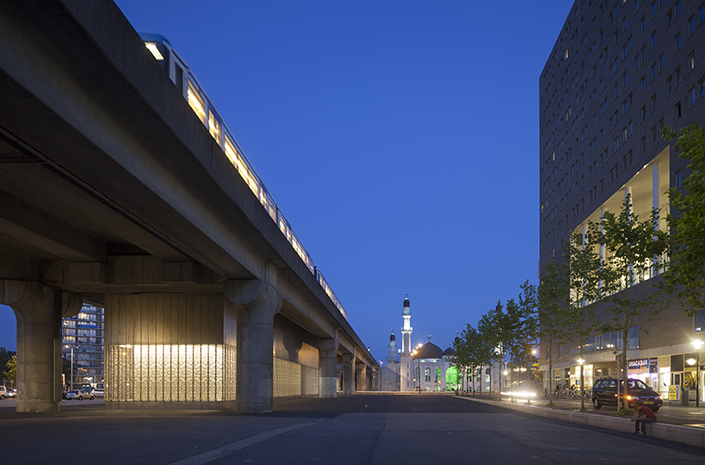
According to Markus Appenzeller, in late 60s, when Bijlmermeer was built, it was meant to become a model vertical garden city with modernistic paradigm brought to absolute perfection. Transportation never invaded public spaces. In order to achieve that instead of streets Bijlmermeer had a multiеtier layout with top levels for cars and ground levels for pedestrians and cyclists.
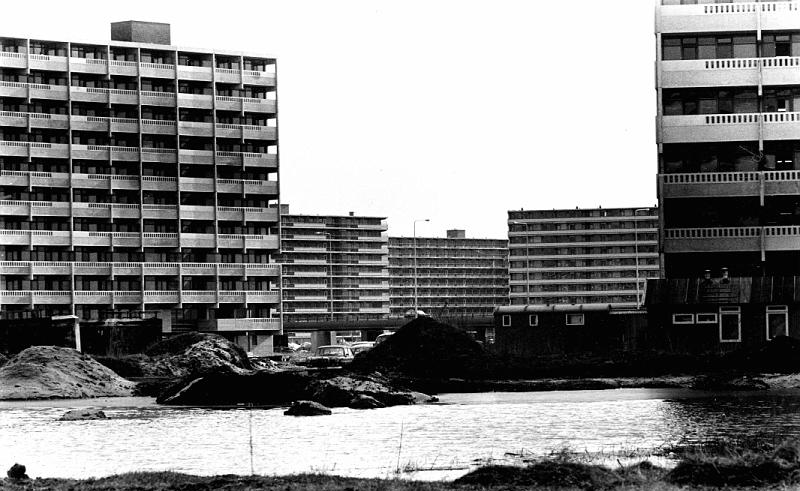

A series of almost identical high-rise buildings was built at regular intervals on the garden city territory. Spacious apartments were marketed as high end and ultramodern. However, the effect was not quite as desired.
Due to significant inflow of immigrants from Suriname, West Africa and The Netherlands Antilles as well as increase in crime rates the quarter quickly gained a bad reputation of the only “ghetto” in Amsterdam. After a cargo aircraft crashed into apartment block in Bijlmermeer in 1992 it was decided the infamous neighborhood needed a major reconstruction.
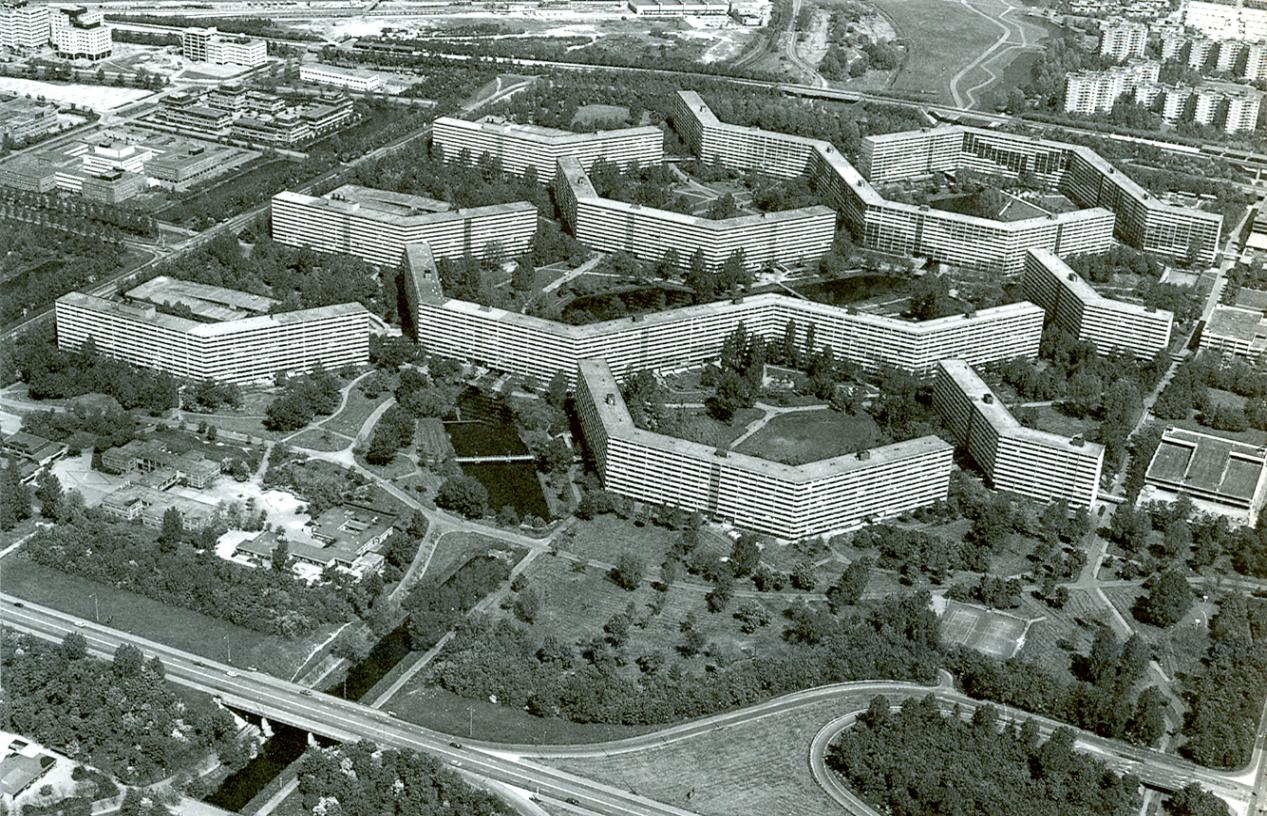
First of all, something was to be done to improve its social profile. To make that happen the authorities built new low-rise housing and introduced additional infrastructure facilities. In order to minimize the “inhuman” scale effect of modernistic housing, many of the honeycomb buildings were simply torn down, and the rest of them renovated. It didn’t affect the ethnic mix of the neighborhood much but did help with its social profile.
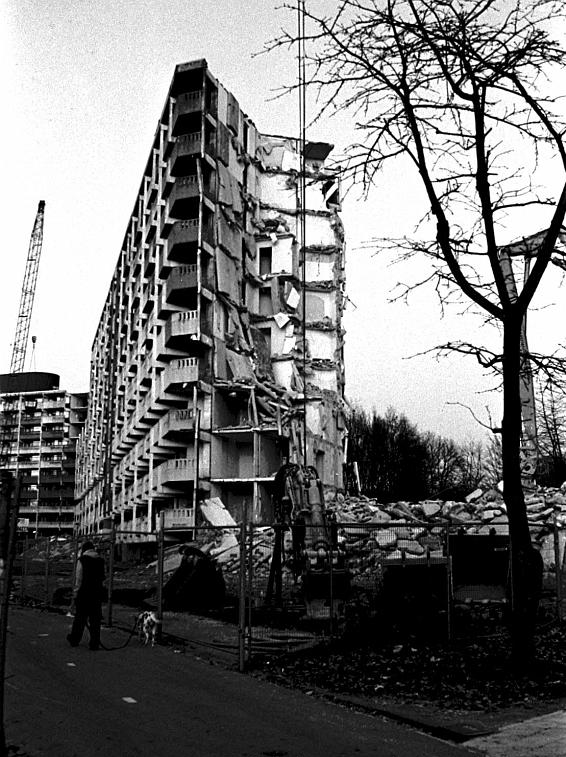
Several attractions were also built in Bijlmermeer, including AFC Ajax football club’s home stadium Amsterdam ArenA. Nicholas Grimshaw designed modern Amsterdam Bijlmermeer ArenA railway station. Renovation of Kraaiennest metro station has been the latest effort to mark a new development vector for the quarter.

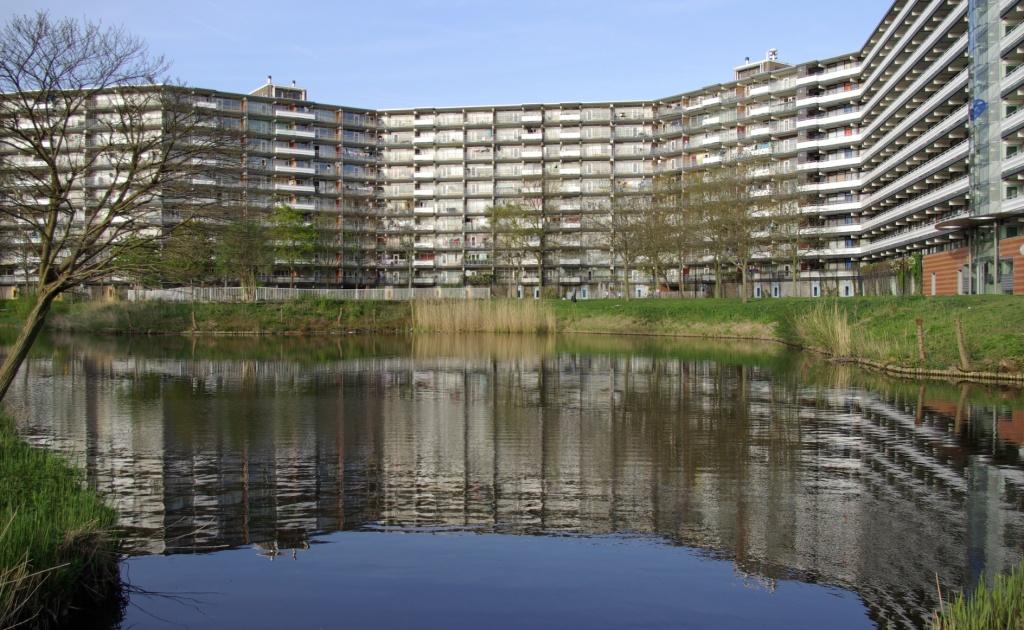
In 2009 MLA+ won the competition on the station’s reconstruction. According to Markus Appenzeller, they began by re-imagining the planning layout. The infrastructure was relocated to the ground level in between the abutments of the old viaduct, and the platform can now be accessed via escalators and elevators. Design was key to making the station space perceivable as safe and secure. The entrances are doorless, open and light, and the pavilion itself feels airy and transparent. Due to potential vandalism perforated metal panels were used instead of glass ones. Taking into consideration the ethnic composition of local population, Arabic botanical patterns were chosen for the project as a universal medium of identity.

Markus Appenzeller: I think that all the modernistic quarters have more or less the same problems. None of them have streets. Traditional cities have spaces that are open or private to a certain extent. But in modernistic neighborhoods there are only common spaces and then the buildings. The fact is that a lot of Moscow areas and the majority of Eastern European cities were developed according to that microdistrict principle.
— Would it be helpful to switch to quarter approach?
— If we talk about new development, I don’t think we should be building microdistricts anymore. But quarter approach isn’t the only solution either. It’s very urban-oriented. It works for the center of the city, but might look a little bizarre on the outskirts of the city. There are many other transitional types.
As for Moscow, I think now is the time to think about what we can do to improve the situation. “City of quarters” is a great idea for a dense urban environment in need of new space. But to deal with modernistic legacy and repurpose what’s already there we need to change the way we use the spaces that are in between the venues. We need different approaches that would allow us to have not only public spaces but also private and semiprivate zones. Low-rise and one-story single-family housing development should probably be considered. The “in between” space will be for local communities to claim, use and control.
— What is your take on industrial housing modernization?
— Holland’s construction industry is thriving. Industrial blocks are used extensively, but there are so many different types you would never even tell they were mass-produced. I don’t think the approach is the problem. It’s the repetition. I often see big areas or even whole cities covered in identical buildings.
— Speaking of Kraaiennest, how often do you reconstruct stations?
— In Germany and the Netherlands a station usually needs renovation after 30-40 years of service. It’s part of a bigger picture: we modernize 1-2% of city buildings every year. Of course, the first ones to be renovated are the ones that are used the most, like railway or metro stations.
— Did you have enough time to study the situation with Moscow metro stations? What do you think of them?
— I did take a closer look at many stations and I think there is definitely a need for modernization. Some of them haven’t changed since the 60s and 70s. Again, we’re looking at a 30-40 year cycle. A station may be demolished or rebuilt according to modern standards, as was the case with London King’s Cross where the historical building was preserved. Take a look at Belorussky rail terminal: when you arrive, first you have to walk around the station building and then cover another 110 yards to get to the metro. This is what modernization means. It’s not just about renovating the building, it’s about making the hub accessible, modern and integrated. Then there’s the economic aspect, too. German metro stations, for example, turned into actual commercial centers, attracting not only commuters but shoppers as well.
— In a recent competition on new metro stations design people could take part in choosing the winners. What do you think of that?
— We usually stick to the same scheme. Special hearings must be organized for all projects. First, each of them needs to be reviewed and approved by a commission of experts, and then people can give their feedback during public hearings. I must confess I am a little sceptical when it comes to general public choosing the winner because there are certain things you need to understand to make the right choice. I think it’s important to ask what people think but you have to phrase the questions very carefully.
- Tags:
- Markus Appenzeller |
- interview |
- housing




